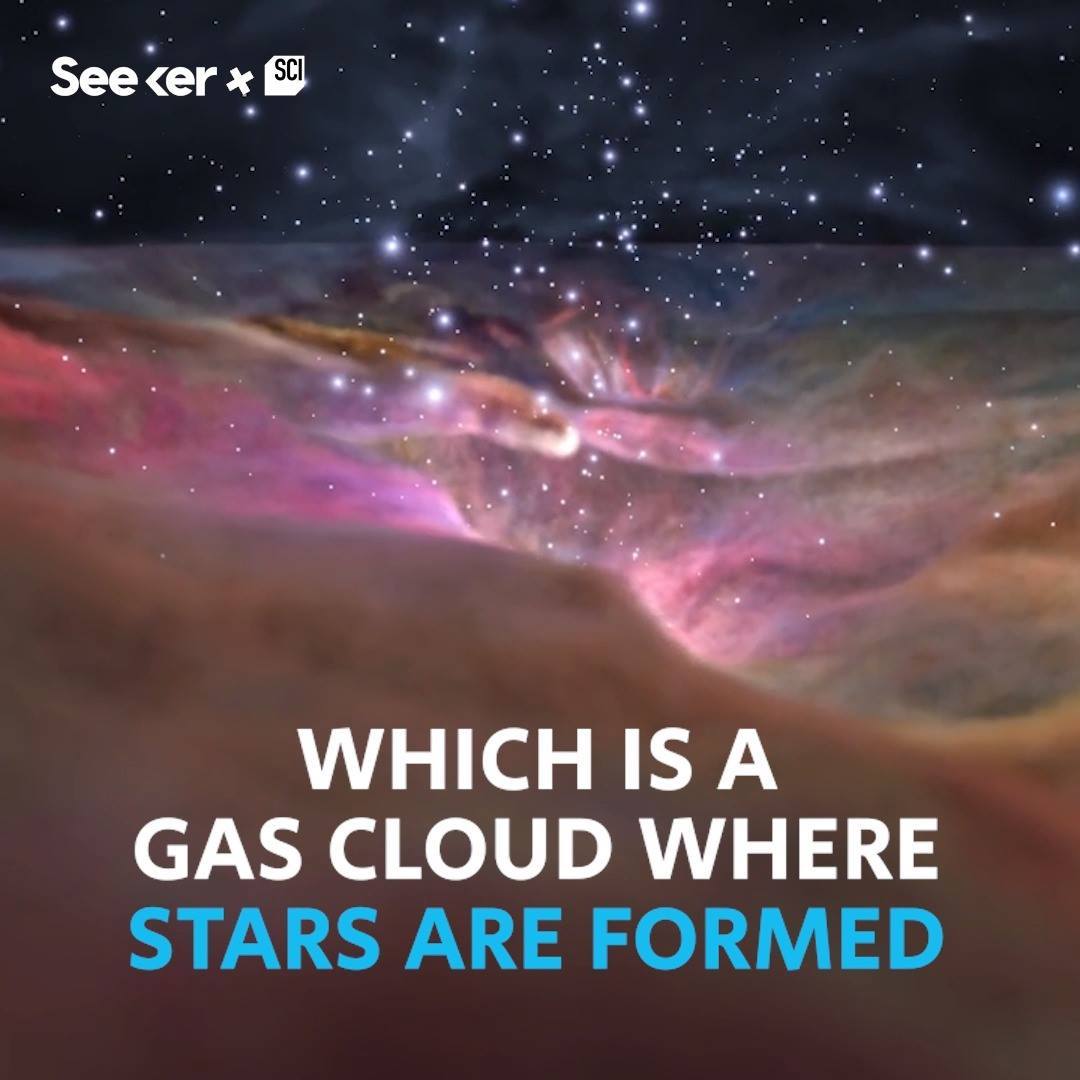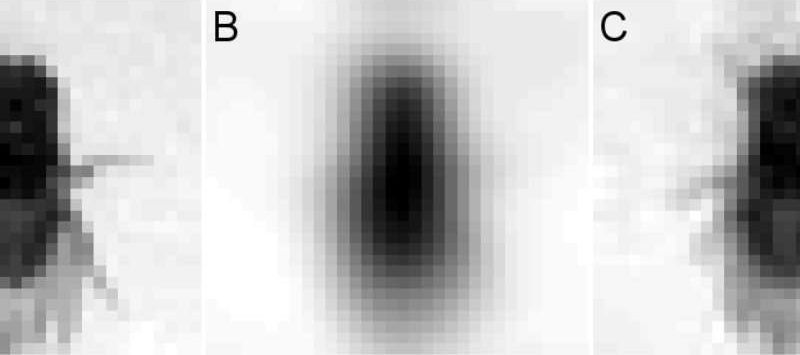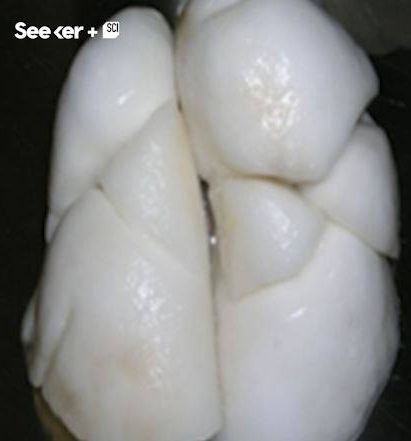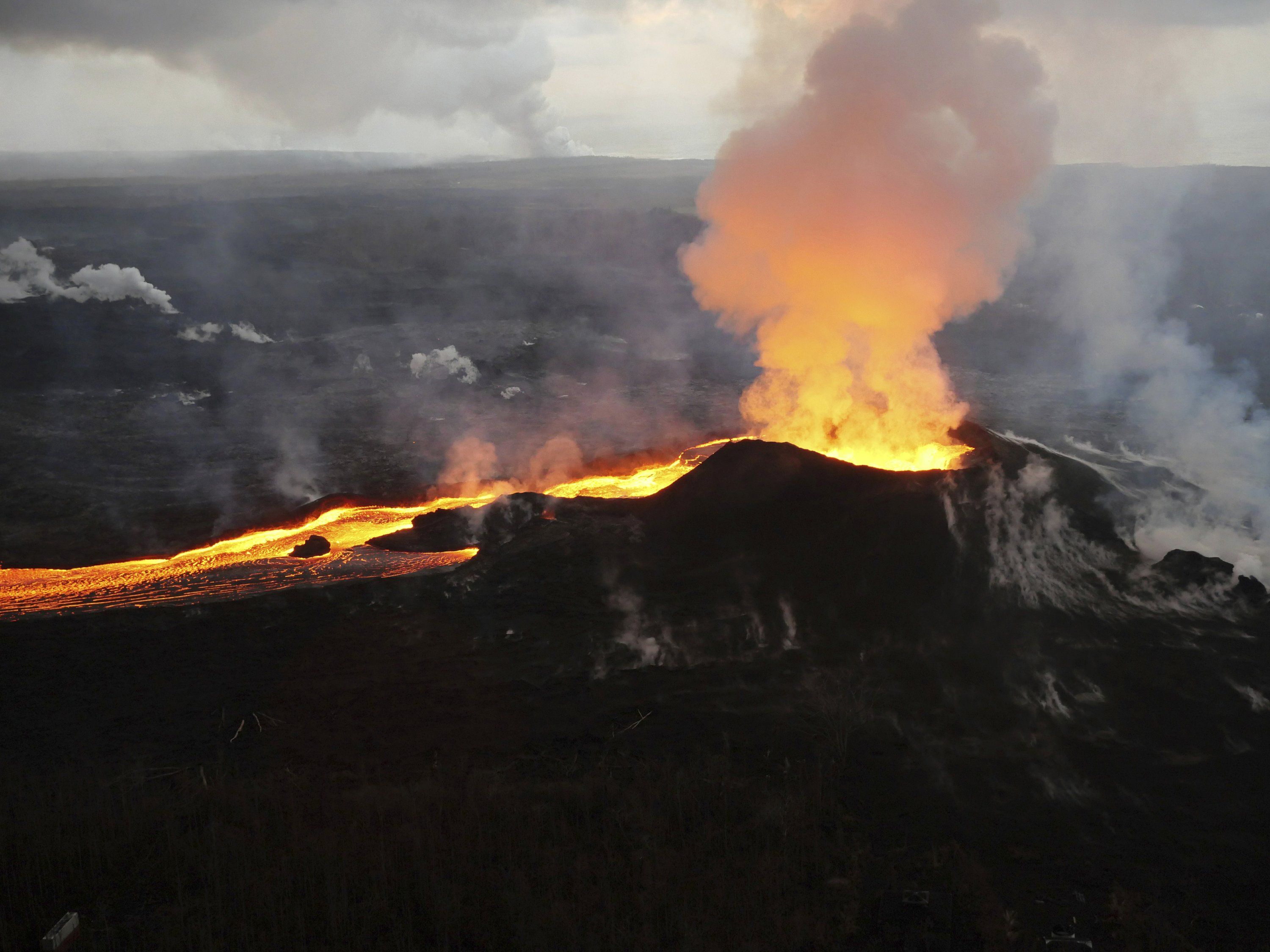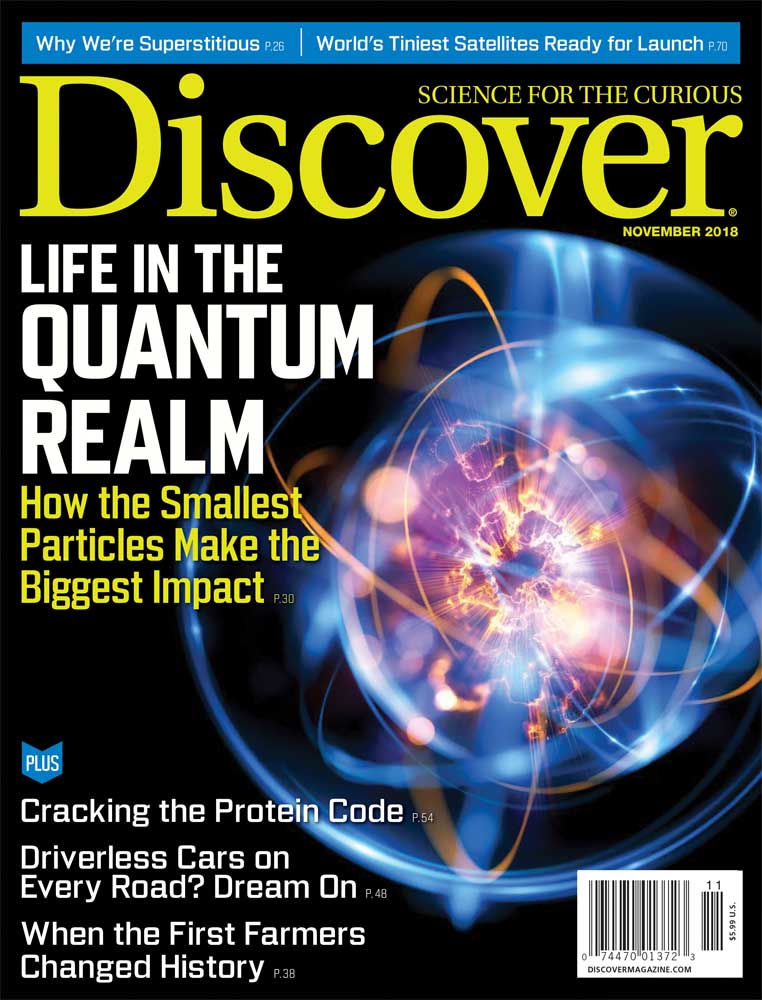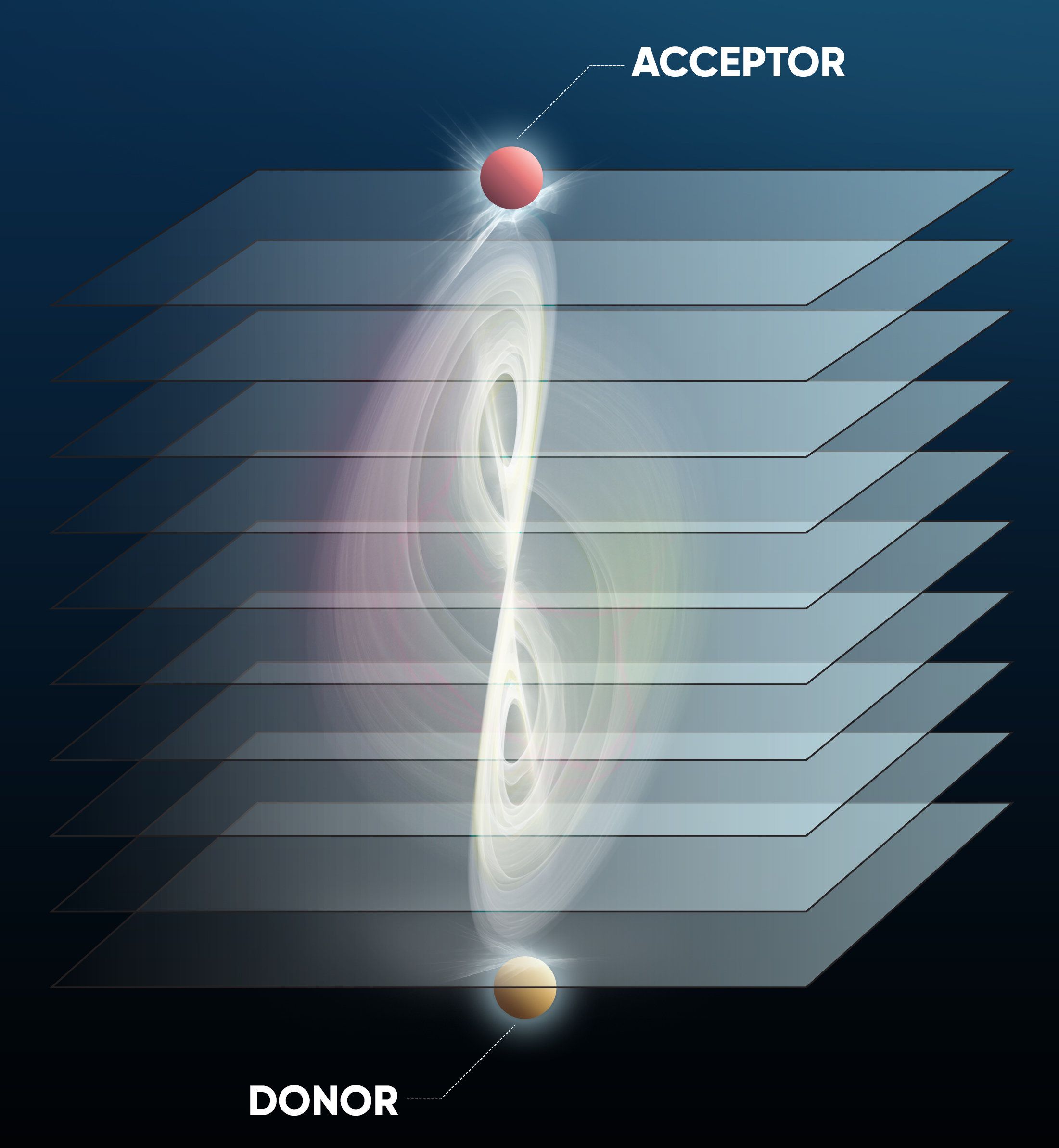Page 2633
Oct 25, 2018
Researchers build an artificial fly brain that can tell who’s who
Posted by Saúl Morales Rodriguéz in categories: biological, information science, robotics/AI
Despite the simplicity of their visual system, fruit flies are able to reliably distinguish between individuals based on sight alone. This is a task that even humans who spend their whole lives studying Drosophila melanogaster struggle with. Researchers have now built a neural network that mimics the fruit fly’s visual system and can distinguish and re-identify flies. This may allow the thousands of labs worldwide that use fruit flies as a model organism to do more longitudinal work, looking at how individual flies change over time. It also provides evidence that the humble fruit fly’s vision is clearer than previously thought.
In an interdisciplinary project, researchers at Guelph University and the University of Toronto, Mississauga combined expertise in fruit fly biology with machine learning to build a biologically-based algorithm that churns through low-resolution videos of fruit flies in order to test whether it is physically possible for a system with such constraints to accomplish such a difficult task.
Fruit flies have small compound eyes that take in a limited amount of visual information, an estimated 29 units squared (Fig. 1A). The traditional view has been that once the image is processed by a fruit fly, it is only able to distinguish very broad features (Fig. 1B). But a recent discovery that fruit flies can boost their effective resolution with subtle biological tricks (Fig. 1C) has led researchers to believe that vision could contribute significantly to the social lives of flies. This, combined with the discovery that the structure of their visual system looks a lot like a Deep Convolutional Network (DCN), led the team to ask: “can we model a fly brain that can identify individuals?”
Continue reading “Researchers build an artificial fly brain that can tell who’s who” »
Oct 25, 2018
Microgravity May Be The Best Place To Grow Human Organs
Posted by Michael Lance in categories: biotech/medical, space
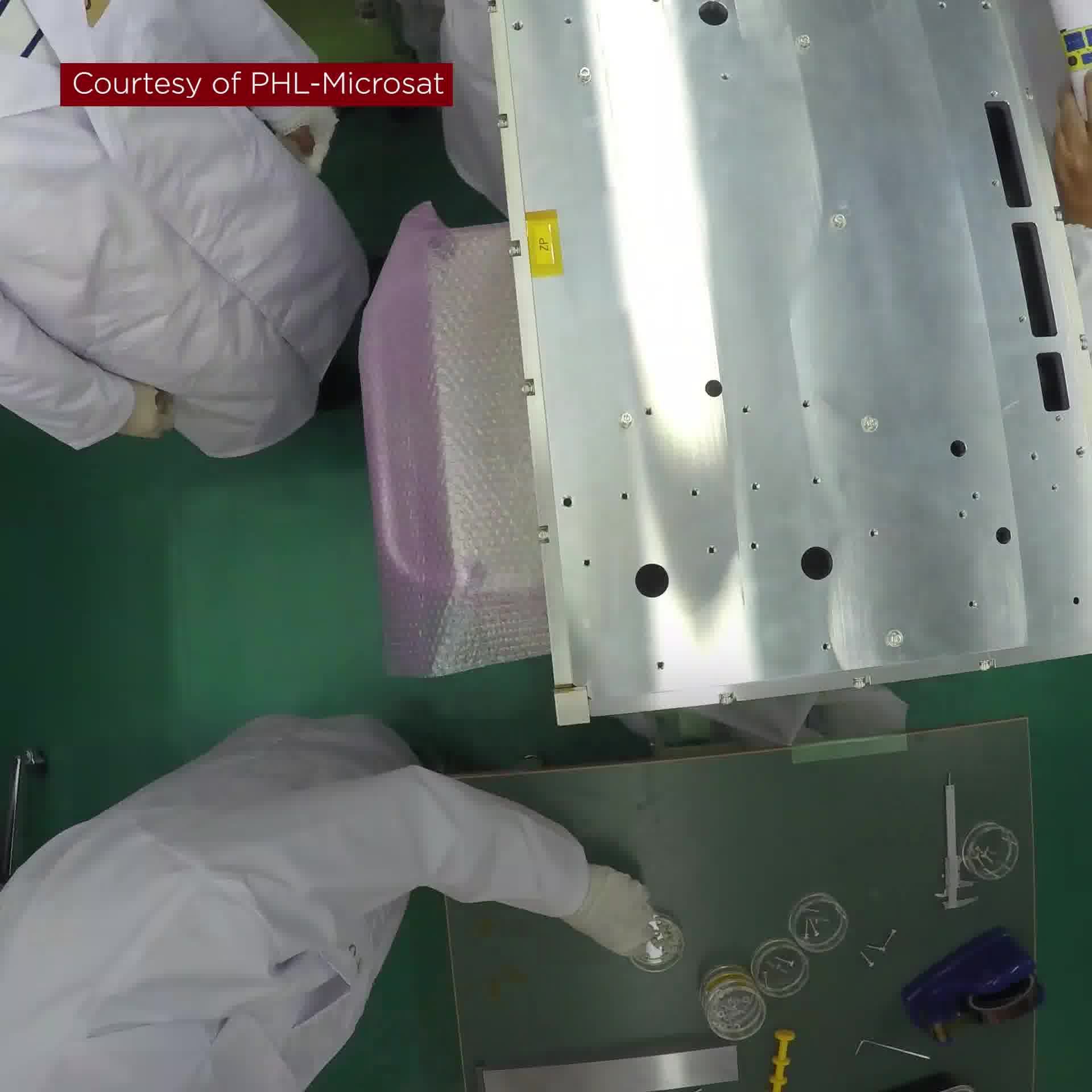
In 2016, the University of the Philippines and the nation made history with the release of Diwata-1, the first ever microsatellite designed and built by Filipinos. On October 29, 2018, the PHL-Microsat team will make history once more with the release of Diwata-2—its more technically advanced sibling—from the Tanegashima Space Center in Japan.
To reserve your slots for the live viewing of this historic launch at the GT Toyota Auditorium, UP Diliman, visit: https://bit.ly/2yU4hg3. Program starts at 11:00 AM. The event is free and open to the public.
Oct 25, 2018
China: facial recognition and state control | The Economist
Posted by Xavier Rosseel in categories: government, privacy, robotics/AI, security, surveillance, transportation
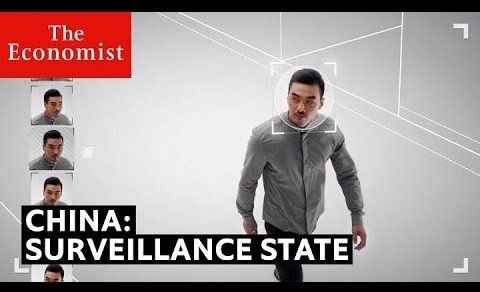
Whether it’s left there or right here… the tactics and destination look pretty much the same to me…
China is the world leader in facial recognition technology. Discover how the country is using it to develop a vast hyper-surveillance system able to monitor and target its ethnic minorities, including the Muslim Uighur population.
Continue reading “China: facial recognition and state control | The Economist” »
Oct 25, 2018
Scientists Worldwide Are Getting Serious About Quantum Internet
Posted by Genevieve Klien in categories: internet, particle physics, quantum physics
It takes little more than logging on to see the flaws in today’s internet—mainly, how easy it is to steal or intercept data. One future solution for these problems could be an upgrade that relies on the latest advances in the science of subatomic particles: a quantum internet.
Just last week, three scientists from the renowned QuTech center at the Delft University of Technology (TU Delft) revealed a roadmap for how this quantum internet should develop. They also plan to connect four cities with a quantum link by 2020, reports MIT Tech Review. And today, University of Chicago scientists announced that they plan to set up a quantum link across a 30-mile distance. Scientists are really getting serious about this quantum internet idea.
Oct 25, 2018
Government ranks 18 US volcanoes as ‘very high threat’
Posted by Genevieve Klien in category: government
WASHINGTON (AP) — Government scientists have classified 18 U.S. volcanoes as “very high threat” because of what’s been happening inside them and how close they are to people.
The U.S. Geological Survey has updated its volcano threat assessments for the first time since 2005. The danger list is topped by Hawaii’s Kilauea, which has been erupting this year. The others in the top five are Mount St. Helens and Mount Rainier in Washington, Alaska’s Redoubt Volcano and California’s Mount Shasta.
“This report may come as a surprise to many, but not to volcanologists,” said Concord University volcano expert Janine Krippner. “The USA is one of the most active countries in the world when it comes to volcanic activity,” she said, noting there have been 120 eruptions in U.S. volcanoes since 1980.
Continue reading “Government ranks 18 US volcanoes as ‘very high threat’” »
Oct 25, 2018
The Science Leading Up to an Ultima Thule New Years Flyby
Posted by Genevieve Klien in category: science
Scientists are already collecting data in anticipation of the Ultima Thule New Years flyby.
Oct 25, 2018
The (Imaginary) Numbers at the Edge of Reality
Posted by Genevieve Klien in category: futurism
Odd enough to potentially model the strangeness of the physical world, complex numbers with “imaginary” components are rooted in the familiar.
Oct 25, 2018
Team study breaks Forster resonant energy transfer (FRET) distance limit
Posted by Genevieve Klien in categories: biological, innovation
Using engineered nanocomposite structures called metamaterials, a City College of New York-led research team reports the ability to measure a significant increase in the energy transfer between molecules. Reported in the journal ACS Photonics, this breakthrough breaks the F\xF6rster resonance energy transfer (FRET) distance limit of ~10–20 nanometers, and leads to the possibility of measuring larger molecular assemblies.
And since FRET is a staple technique in many biological and biophysical fields, this new development could benefit pharmaceuticals, for instance.
“Energy transfer between molecules plays a central role in phenomena such as photosynthesis and is also used as a spectroscopic ruler for identifying structural changes of molecules,” said Vinod Menon, professor of physics in City College’s Division of Science. “However, the process of energy transfer is usually limited in the distance over which it occurs, typically reaching 10 to 20 nm.”
Continue reading “Team study breaks Forster resonant energy transfer (FRET) distance limit” »
